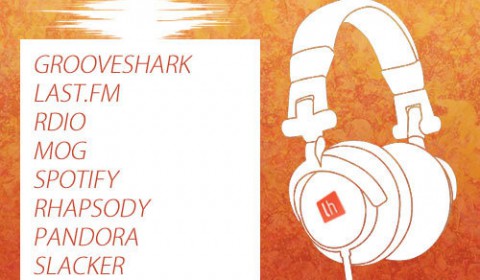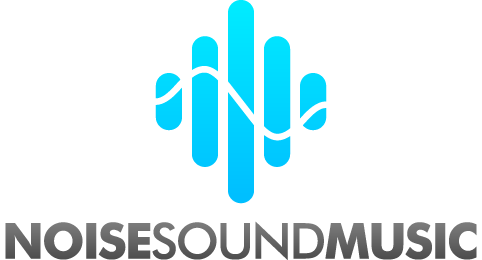

The music business. Today I was reading an article about how many major companies have been trying to make music streaming a viable and sustainable business. It’s an interesting thought — there is obviously demand for people to be able to stream from the cloud any song that they wish. Through Spotify, Pandora, Rdio, iHeart Radio, and numerous others, it’s nearly to the point where almost any song is available at any time. But here’s where it gets tricky. All of these services are at the mercy of the price of the content they are trying to provide. It wouldn’t matter if Spotify could serve up nearly latency-free audio (sub 120ms) if there was no music to serve. That content is locked down the major music publishers and licensing deals with these behemoths are always inked in favor of the content providers. Let’s say that I wanted to start up NoiseSoundMusic Streaming Service. In order to keep it running I’d have to serve up so many ads, or charge such a large premium that the service instantly becomes off-putting to any user. So here’s the problem: users will complain about ads, and rightfully so, why should they have to be pitched about a life insurance policy when they just want to listen to Stevie Wonder? And then users will also complain about a high price tag… but why? Because the perceived value of music has gone down the drain. A song costs $0.99 on iTunes… which, for sake of argument, is, on average, $0.01 per hour it took to get that finished product (and that’s being generous). Now take the music streaming business model, $8 per month gets you access to ANY song in their catalog which is nearly 15 million songs! You don’t want to know what the calculation that breaks down to per song in terms of value. But I digress… The largest problem with the music streaming model, in general, is the fact that business has no place in music to begin with. The moment that music became a commodity to distribute, license, and sell the rights to, the value of music was lost. Let me put it this way, can you really put a price on John Lennon’s Imagine or Earth Wind & Fire’s Shining Star? How about Rage Against The Machine’s Evil Empire or Michael Jackson’s Thriller? Didn’t think so. Music is too powerful to be bought and sold.


Warning: Use of undefined constant one - assumed 'one' (this will throw an Error in a future version of PHP) in /Library/Server/Web/Data/Sites/NoiseSoundMusic/qualeb/wp-content/themes/qualeb/footer.php on line 33
Warning: Use of undefined constant two - assumed 'two' (this will throw an Error in a future version of PHP) in /Library/Server/Web/Data/Sites/NoiseSoundMusic/qualeb/wp-content/themes/qualeb/footer.php on line 39
Warning: Use of undefined constant three - assumed 'three' (this will throw an Error in a future version of PHP) in /Library/Server/Web/Data/Sites/NoiseSoundMusic/qualeb/wp-content/themes/qualeb/footer.php on line 45
Warning: Use of undefined constant four - assumed 'four' (this will throw an Error in a future version of PHP) in /Library/Server/Web/Data/Sites/NoiseSoundMusic/qualeb/wp-content/themes/qualeb/footer.php on line 51
Warning: Use of undefined constant five - assumed 'five' (this will throw an Error in a future version of PHP) in /Library/Server/Web/Data/Sites/NoiseSoundMusic/qualeb/wp-content/themes/qualeb/footer.php on line 57
Warning: Use of undefined constant six - assumed 'six' (this will throw an Error in a future version of PHP) in /Library/Server/Web/Data/Sites/NoiseSoundMusic/qualeb/wp-content/themes/qualeb/footer.php on line 63
Warning: Use of undefined constant seven - assumed 'seven' (this will throw an Error in a future version of PHP) in /Library/Server/Web/Data/Sites/NoiseSoundMusic/qualeb/wp-content/themes/qualeb/footer.php on line 69
Warning: Use of undefined constant eight - assumed 'eight' (this will throw an Error in a future version of PHP) in /Library/Server/Web/Data/Sites/NoiseSoundMusic/qualeb/wp-content/themes/qualeb/footer.php on line 75